Mediator & Arbitrator: Energy | Business | Construction
His open and collaborative style meets parties where they are, and he has helped dozens of clients address their toughest business, construction, strategy and commercial issues.
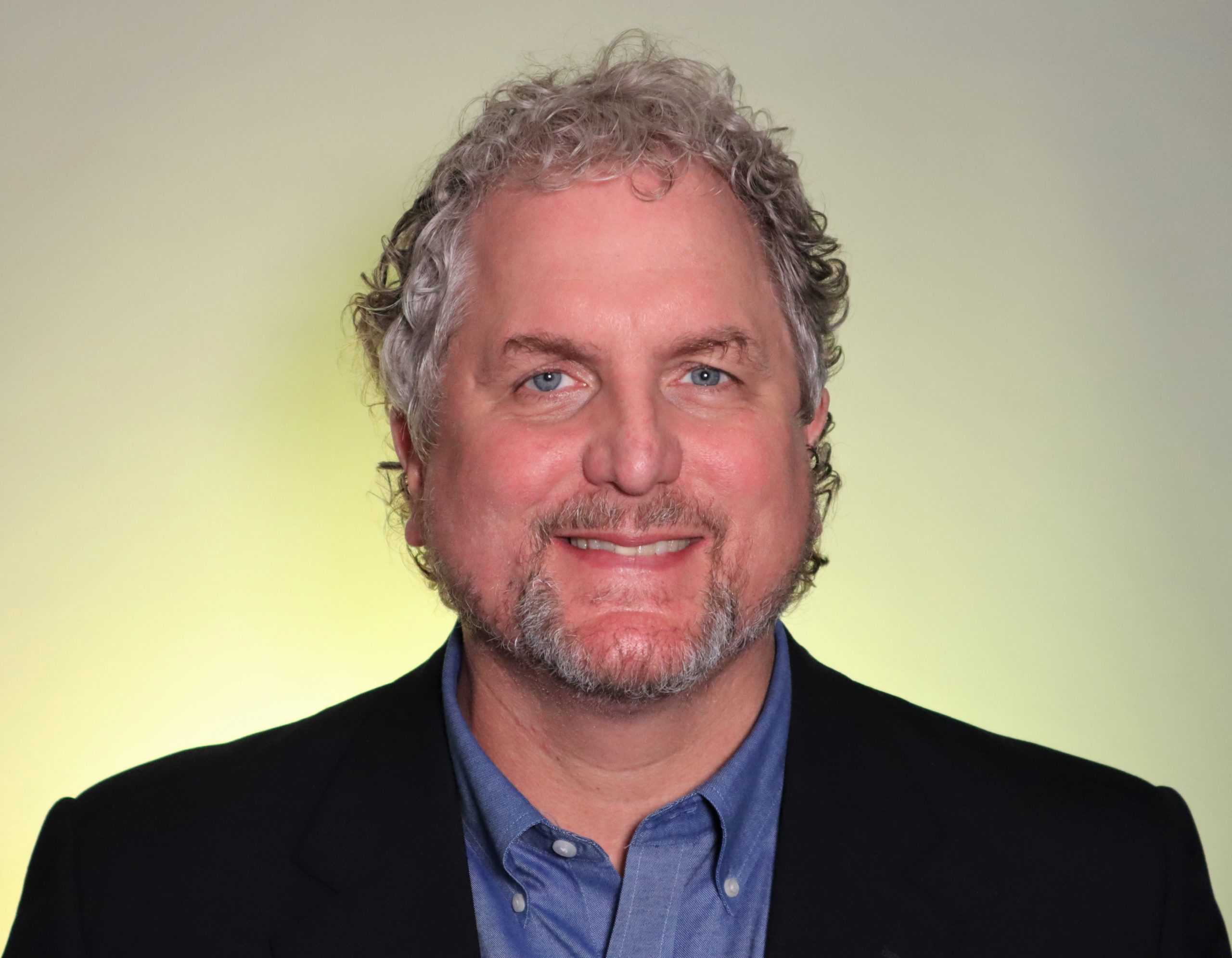
Major oil and gas companies
National oil companies
Independent oil companies
Oilfield service firms
Manufacturing firms
Private equity firms
Professional services
Healthcare providers
Financial services
Energy, Oil and Gas
Exploration and Production
Product Refining and Distribution
Research and Development
Construction
Manufacturing
Healthcare
Investment Banking
Consulting
Key Credentials: Mediation, Arbitration and Dispute Resolution
Mike Haney has advised manufacturing, energy, private equity, finance and service companies regarding strategic issues, operations improvement and dispute resolution.
In addition to consulting roles at leading advisory firms, he successfully started up several new ventures and worked in energy, manufacturing and investment banking firms.
Mediation & Arbitration Training:
- Mediation Training: University of Houston Law Center, A.A. White Dispute Resolution Center (40 hours)
- Arbitration Training: Manousso Mediation and Arbitration (9.5 hours)
- Arbitration Training: BBB Auto Line Arbitrator Certification (6 hours)
- Family/Divorced Advanced Mediation and Parenting Coordination and Facilitation: Manousso (30+18 hours)
Other Training:
- Miller Heiman Strategic/Conceptual Selling
- Building Strategic Customer Relationships
- Operational Excellence & Performance Improvement
- Lean Six Sigma
- Financial Statement Analysis
- Oil Refinery Linear Programming Modeling
- Performance Dashboards & KPIs
Professional Approach, Background and Experience
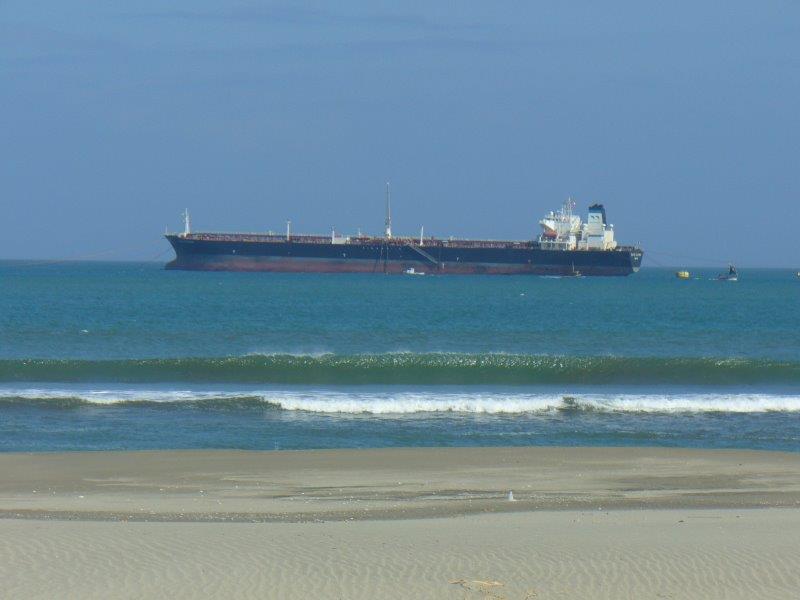
From there, he earned mechanical engineering and business degrees at Rice University, then spent three years on Wall Street as an investment banker. After earning an MBA from the University of Texas, he launched a long and successful energy consulting career, with additional work in construction products, e-commerce, software development and publishing. He has worked in organizations large and small: from several successful startup ventures to a Fortune 7 conglomerate.
His extensive management, consulting and professional services experience, with full P&L responsibility, includes a deep understanding across the energy sector – having advised six major oil companies, several national oil companies in the Middle East, North Africa and Latin America, and numerous other oilfield services firms. Along the way, he worked in construction, technology, and government, both as an operating executive and advisor.
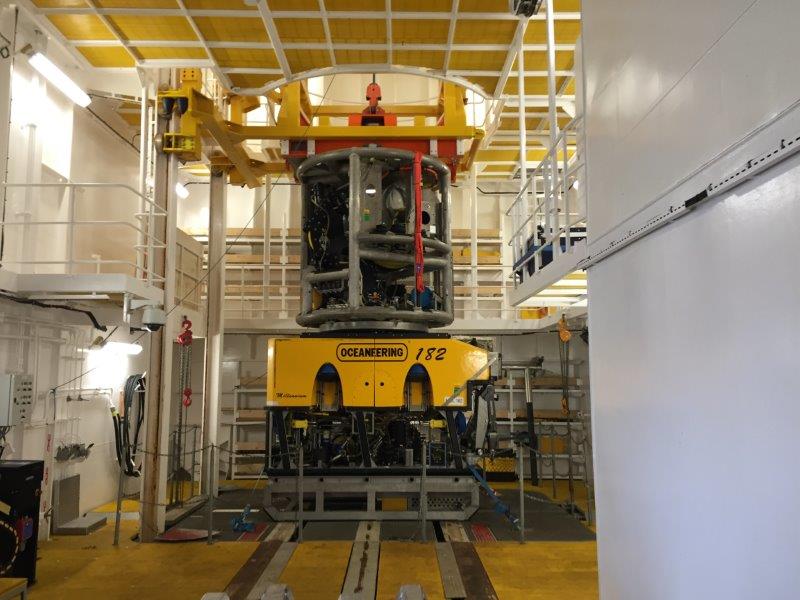
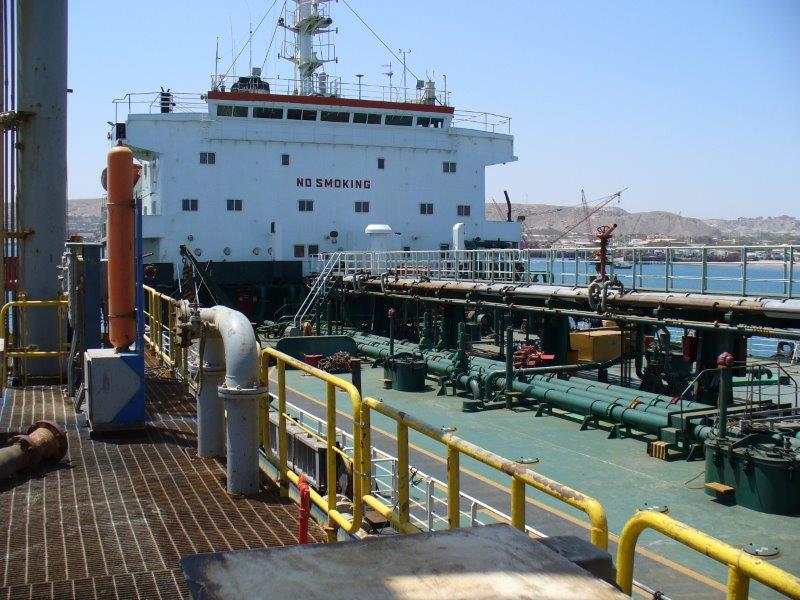
Based in Houston, Mike has worked on five continents, completing projects in Algeria, Peru, Colombia, Saudi Arabia, Brazil, Canada, South Korea, UK, France, Mexico, and elsewhere. His specialty is connecting with clients and meeting them where they are, looking to identify and solve key issues and challenges. He has structured and developed numerous project financing & execution strategies for energy & manufacturing projects around the world.
A recent startup involved founding the Houston office and running the Americas group for an international consultancy focused on oilfield services firms. Other startups include a performance dashboard software firm and a consulting and advisory venture. He has authored several industry articles and delivered dozens of industry speeches on key industry topics.
Representative Complex Energy & Petrochemicals Project Case Studies:
He has led engagements related to numerous large capital projects, including construction, manufacturing capacity expansion, LNG, crude oil refineries, crude and product pipelines, upstream energy projects & R&D, petrochemical, natural gas, oilfield tool manufacturing and power generation facilities.
Case Study 1: Insurance Claims –
Covered vs. “Act of God”
A large petrochemical company was the nation’s leading producer of a specific gasoline oxygenate, a complex petrochemical with many properties that made it attractive as a gasoline blendstock, primarily including its octane value. As a result, the value of the product was highly correlated to premium gasoline prices and, indirectly, crude oil prices. With a 20+% market share, the single manufacturing facility was a primary supplier for this market, with significant market power in this segment.
During routine maintenance, a key processing unit of the plant exploded, which immediately put the plant out of commission – and the market significantly short of supply. As a result, the price of the oxygenate increased sharply, and its price remained elevated for many months. A few weeks after the plant incident, and with the facility still fully shut down, a regional war broke out in the Middle East, threatening crude oil supply in the region and worldwide. As a result, crude oil prices increased sharply; a knock-on effect was sharply higher gasoline prices.
The supplier’s insurance claim covered losses related to the plant explosion, including profits lost from the interrupted production. However, its policy did not include the effects of the price increase resulting from the regional war, which was considered an “act of God” in the policy.
Through extensive analysis and a deep understanding of the market, production & engineering situation, Mike developed a method that effectively separated the market losses due to the explosion (covered by the policy) and the market losses due to the war (not covered by the policy). This analysis relied on key energy subject matter expertise, a deep understanding of commodity markets, and political trends at the time. While the analysis was challenged by both side of the dispute, it was used to support a favorable negotiated settlement between the oxygenate producer and its insurance company.
Case Study 2: Commodity Valuation
vs. a Government Monopoly
A small oil producer had developed a key find in a Latin American country, and it produced several thousand barrels per day of crude oil from the field. The country’s energy sector was completely controlled by its government-owned national oil company (NOC), which purchased the crude from the producer. The NOC took custody of the crude at the well site, then blended it with other crudes as it moved through the NOC’s owned pipeline to the NOC-owned refinery several hundred miles away.
The NOC paid the producer based on the quality of the blended crude as measured at the refinery. However, the producer analyzed its crude output and found that it was of a much higher quality than that of the blended stream at the refinery. The producer’s crude was lighter and had a lower sulfur content than average, which made it a significantly more valuable crude oil than that of the resulting refinery blend.
Mike helped the producer analyze the quality of the crude, specifically through a series of refinery modeling exercises based on the NOC’s refinery. He then developed a series of analyses and presentations to demonstrate to the NOC the superior value of the producer’s crude, all in an effort to increase the sales price to the producer.
In this situation, the market power difference between the parties was extremely large: the producer was a very small player relative to the national oil company, and in many cases NOC’s will simply nationalize these smaller players (taking them owner with little or no compensation) instead of negotiating with them on these topics. However, through analysis, multiple presentations to the producer and to the NOC on behalf of the producer, Mike was able to help negotiate a favorable settlement and obtain a fair price for the producer’s crude.
Case Study 3: World Bank vs. Small Country’s National Oil Company
The World Bank was concerned with the long-term viability of a state-owned Caribbean refinery. The Bank had extended a number of loans to the NOC that owned and operated the refinery, which was located in a developing nation with limited fuels import opportunities.
The government-owned NOC was also responsible for selling all gasoline, diesel and other fuels in the island country. For many years, these fuels had been sold to consumers on a below-market basis, with the government-owned NOC making up the difference through subsidies. Previous efforts to raise prices closer to market rates had, predictably, led to significant protests from the population, which had become accustomed to paying low prices for these fuels.
The Bank was concerned that this situation put the viability of its loans at risk. Specifically, if the government was subsidizing fuels prices, it might not be able to make debt service payments on its World Bank loans.
Mike’s analysis reviewed the effect of multiple factors, including how state-set petroleum product prices compared to market levels. His linear programming model of the refinery was used to better understand its conversion capabilities and potential in multiple subsidy scenarios. The Bank used this work to negotiate improve financing terms for current and proposed loans to the country, working closely with the government in extensive negotiations.
Relevant Professional Experience:
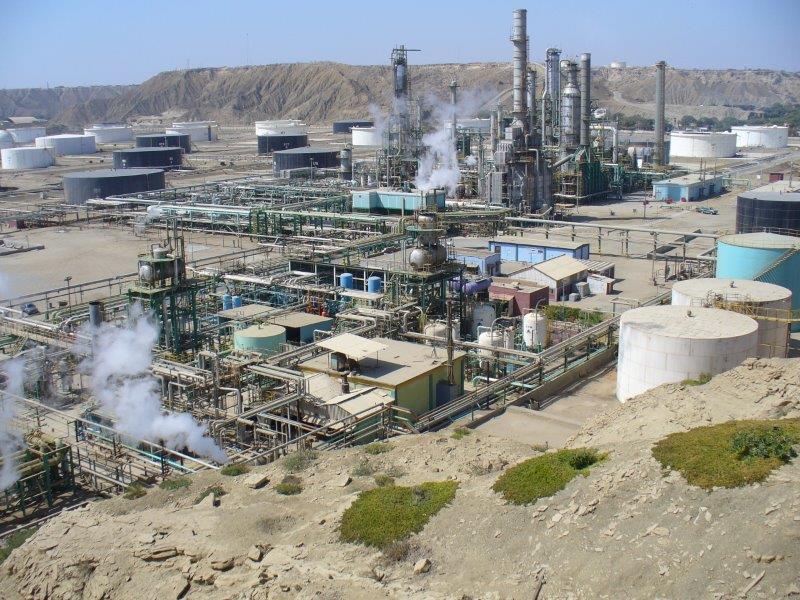
Strategic advisor and consultant across the oil & gas, chemicals and manufacturing sectors
Completed dozens of high-profile advisory projects involving negotiations & strategic change
Construction & construction products manufacturing experience
Investment banking and project finance experience: healthcare and energy sectors
Software development, e-commerce and broadband network experience
Successful startup entrepreneur, founding software development & professional services firms
Keynote speaker: Offshore Technology Conference, Society for Underwater Technology, Brazil Subsea Vessels, and others
Published articles in both the Journal of Petroleum Technology and Offshore Magazine
International: Algeria, Peru, Colombia, Saudi Arabia, Brazil, Canada, South Korea, UK, France and, Mexico, among others
Elected official overseeing $600+ million in appraised value of property, while lowering tax rates
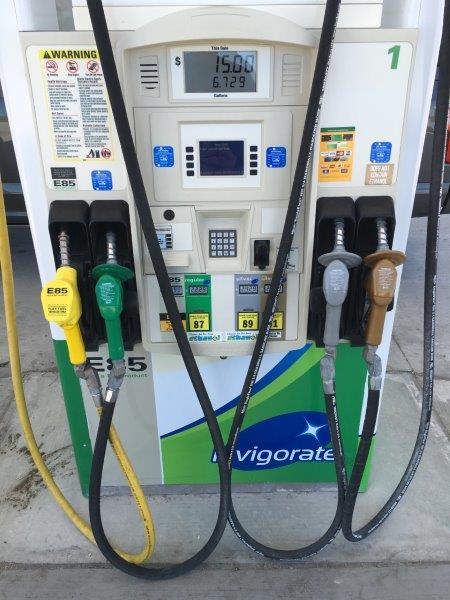
Education and Association Memberships:
Education:
MBA, The University of Texas at Austin
Bachelor of Science in Mechanical Engineering, Rice University
Bachelor of Arts in Managerial Studies, Rice University
Association for Conflict Resolution – Houston Chapter
Texas Association of Mediators
Texas Mediator Credentialing Association
Society of Petroleum Engineers
Elected Board Member, Local Utility District
Association of Water Board Directors, Texas
Representative Capital Projects Experience
A large North African NOC needed help developing its upstream and midstream investment strategy. Mike developed a strategic forecasting model to see the interactions between increasing oilfield production and limited energy transportation and distribution infrastructure. The model portrayed existing and proposed infrastructure in field production, pipelines, internal demand, and export capabilities. The client used the model to prioritize future capex and find the most profitable strategic options for its oil and gas production.
A large Latin American national oil company considered how to modernize and upgrade its largest crude oil refinery. Mike assessed all logistics options for crude and products, including rail, pipeline, and ships, to develop a 20+ year forecast of crude and product prices. These were used in detailed LP models of each proposed refinery configuration, and then to create extensive economic models to evaluate and compare these options. The client used the results of the work to strategize and plan $2+ billion in refining investments.
A major manufacturer of comprehensive systems and components for the oil and gas industry engaged to complete an FPSO market analysis project addressing whether the same types of integrated, standardized approaches the company has used in the drillship market will address the needs of the FPSO sector. Through analysis and interviews with market participants we tested several key business hypotheses related to FPSO project delays, leasing challenges, and potential for standardization. As a follow up to the project we developed additional content related to the findings and published a “white paper” on integration and standardization trends in the FPSO sector. These materials will help the client build its case with potential customers to develop FPSOs faster and more efficiently.
A company focused on responding to deepwater well control incidents engaged us to analyze the FPSO sector to test the viability of a specialized proposed FPSO configuration. We identified key drivers for offshore energy production market activity, identified and analyzed specific FPSO projects in the US Gulf of Mexico, Africa, & Brazil, analyzed key factors driving FPSO demand in the GoM and other regions, forecasted FPSO demand in the GoM, and provided recommendations on feasibility of the concept. The client used this decision to evaluate how to best proceed with the venture.
A mid-sized E&P company needed strategic help renegotiating its crude oil sales agreement with its South American host country’s NOC. Mike used LP modeling, netback analyses and logistics tools to fully value the client’s crude based on local refinery capabilities and develop a comprehensive valuation strategy. The client used the results of this work to negotiate a favorable price for its crude.
A large international energy firm aimed to invest in multiple industry segments, including upstream, pipelines, processing, power and gas distribution. Mike evaluated $3+ billion in South American E&P, pipeline, distribution, and other energy projects. The results included financing and forex approaches that helped the client evaluate specific acquisition, development and financing strategies. The client used the results of this work to plan and execute $2+ billion in greenfield energy projects.
The World Bank was concerned with the long-term viability of a state-owned Caribbean refinery. Mike’s analysis reviewed the effect of multiple factors, including how state-set petroleum product prices compared to market levels. He developed a linear programming model of the refinery to better understand its conversion capabilities and potential in multiple subsidy scenarios. The Bank used this work to negotiate financing terms for current and proposed loans to the country.
Helped a large oilfield services client plan and justify a significant manufacturing capacity expansion. Led efforts to quantify the client’s current casing equipment capacity, forecast future product demand, and develop strategies to most effectively meet that new demand. Used a detailed supply chain model to predict precise capacity needs on an individual machine workstation and raw material supplier basis. Led efforts to plan the move of the client’s existing technology center, including hiring and training new people and creating the right methods to transfer extensive product knowledge. The client used the results of this work to justify construction of a new $100+ million manufacturing plant.
Analyzed the fiscal and employment impact of a proposed African alumina refinery. Developed a model predicting the number of direct and indirect jobs the project would bring to an underdeveloped country. The project involved review of the country’s fiscal regime, comparable projects, and World Bank and IFC standards and guidelines. The client used the results of the study to describe the benefits of the project to governmental organizations and international lenders in an effort to secure financing.
Helped a large integrated oil and gas firm determine whether and how to enter the international independent power production (IPP) industry. Developed strategies that built on the client’s strong natural gas position and utilized its strong financial position. Created a detailed financial model that projected the client’s IPP results, including the effect of project financing for individual IPP opportunities. The client used the results of my work to guide its entry into the business.
Developed a detailed risk assessment for an oilfield tool manufacturer’s plans to build new plants and shift existing production to different facilities. Created and implemented a method for collecting, analyzing, prioritizing and summarizing key risks, and developed risk mitigation strategies for relevant risks. Created RFP for new manufacturing facility construction. Developed and presented key deliverables to client. The client used the results of the risk assessment and other analyses to support its plans to significantly reshape its worldwide manufacturing assets.
Developed the value realization analysis for a new enterprise resource planning system for a large manufacturing firm. Worked with process area teams focusing on order-to-cash, plan-to-produce, and other areas to identify specific client benefits, such as reduced working capital, faster customer service, and lower back office costs. The client used the results of the work to justify a multi-million information systems investment and target $120+ million in annual benefits.
Contact Us:
Ready to learn more? Schedule a no-obligation phone consultation today!
Haney Alternative Dispute Resolution LLC
Telephone 713-701-9888
3139 W. Holcombe, Suite 2200
Houston, Texas 77025
United States of America
